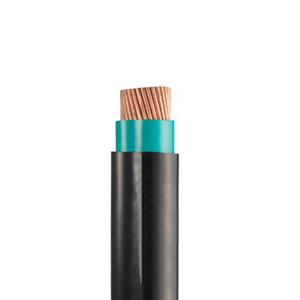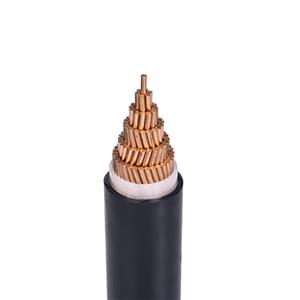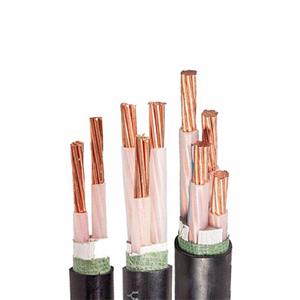Where Sun Meets Supply-Solar Cable, Nonstop
In today's era of green energy, photovoltaic power generation is a rising star, garnering significant attention. Whether strolling across city rooftops or traversing vast rural fields, we can often see neatly arranged rows of solar panels gleaming in the sun. Like diligent little suns, they silently convert sunlight into electricity, providing clean, sustainable energy for our lives. How does this electricity generated by solar panels safely and efficiently transition from the world of "light" to the "electricity" we use in our daily lives? The key to this success lies in photovoltaic cables. While seemingly insignificant, they play a crucial role and are an indispensable component of photovoltaic power generation systems.
Photovoltaic cables, also known as solar photovoltaic cables, are cables used to transmit power in the DC circuit of solar photovoltaic power plants. They generally consist of three components: a conductor, an insulation layer, and a sheath. The conductor is the core of the cable and is responsible for carrying the flow of current. It is usually made of high-purity oxygen-free copper or multi-strand soft copper wire. These materials have low resistivity and excellent conductivity, which can effectively reduce energy loss during current transmission and improve the power generation efficiency of the entire photovoltaic system; the insulation layer limits the current to the inside of the conductor to prevent leakage and ensure the safety of personnel and equipment. It uses special insulating materials with characteristics such as resistance to high and low temperatures, UV radiation, water resistance, salt spray resistance, and weak acid and alkali resistance; the outermost sheath is like a solid armor, protecting the internal structure from external mechanical damage, chemical erosion, etc., allowing the cable to work stably in various harsh environments.
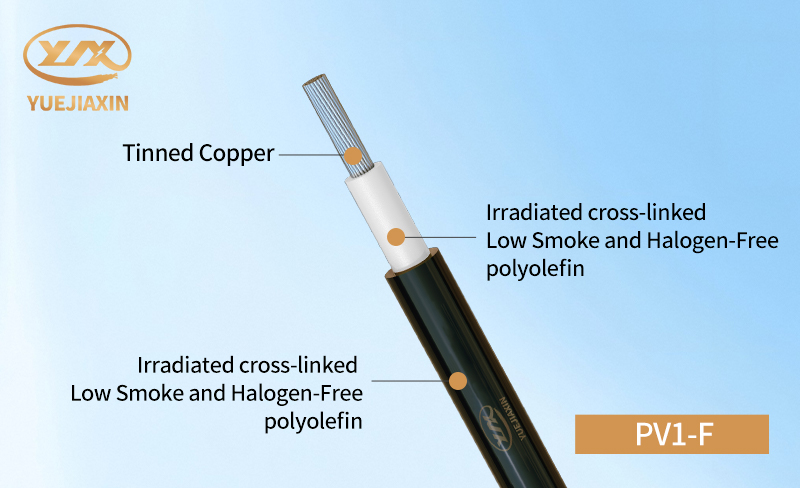
Photovoltaic cables play a crucial role in photovoltaic power generation systems thanks to their unique design and exceptional performance. Like a superhero with extraordinary skills, they safeguard the stability and security of power transmission in complex and ever-changing environments. The conductors of photovoltaic cables are typically made of tinned copper wire, which offers excellent conductivity and significantly enhances the cable's corrosion resistance. Cross-linked polyethylene (XLPE) is often used for insulation and sheathing. This material offers excellent high and low-temperature resistance, operating within a temperature range of -40°C to 125°C. Whether in the scorching heat of deserts or the bitter cold of polar regions, where temperatures drop to -30°C or -40°C, XLPE insulation maintains its stable performance, resisting cracking, hardening, or softening due to extreme temperature fluctuations, providing reliable insulation protection for the current.
Many photovoltaic cables utilize a double-layer insulation and sheathing structure, further enhancing their durability and safety. The inner insulation layer primarily provides electrical insulation, ensuring stable current transmission through the conductor without leakage. The outer sheath provides protection against mechanical damage, UV radiation, chemical corrosion, and other external factors. This dual-layer design enables the cable to withstand even harsher environments. Even if the outer sheath experiences wear or damage over time, the inner insulation layer will still ensure normal cable operation, providing a double layer of insurance for the entire photovoltaic power generation system.
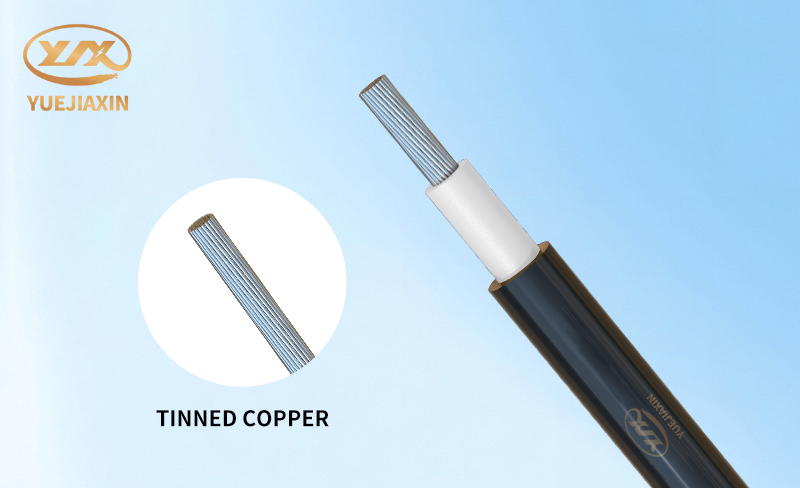
As a key component of photovoltaic power generation systems, photovoltaic cables are facing new development opportunities and challenges as global demand for clean energy continues to grow and photovoltaic power generation technology matures. Photovoltaic cables, while seemingly ordinary, carry a remarkable mission in photovoltaic power generation systems, serving as a crucial link in achieving efficient clean energy utilization. With their unique materials, sophisticated structural design, and superior performance, they ensure stable power transmission in diverse and complex environments, bringing solar energy from the vast sun into our lives and providing us with clean, sustainable energy.

